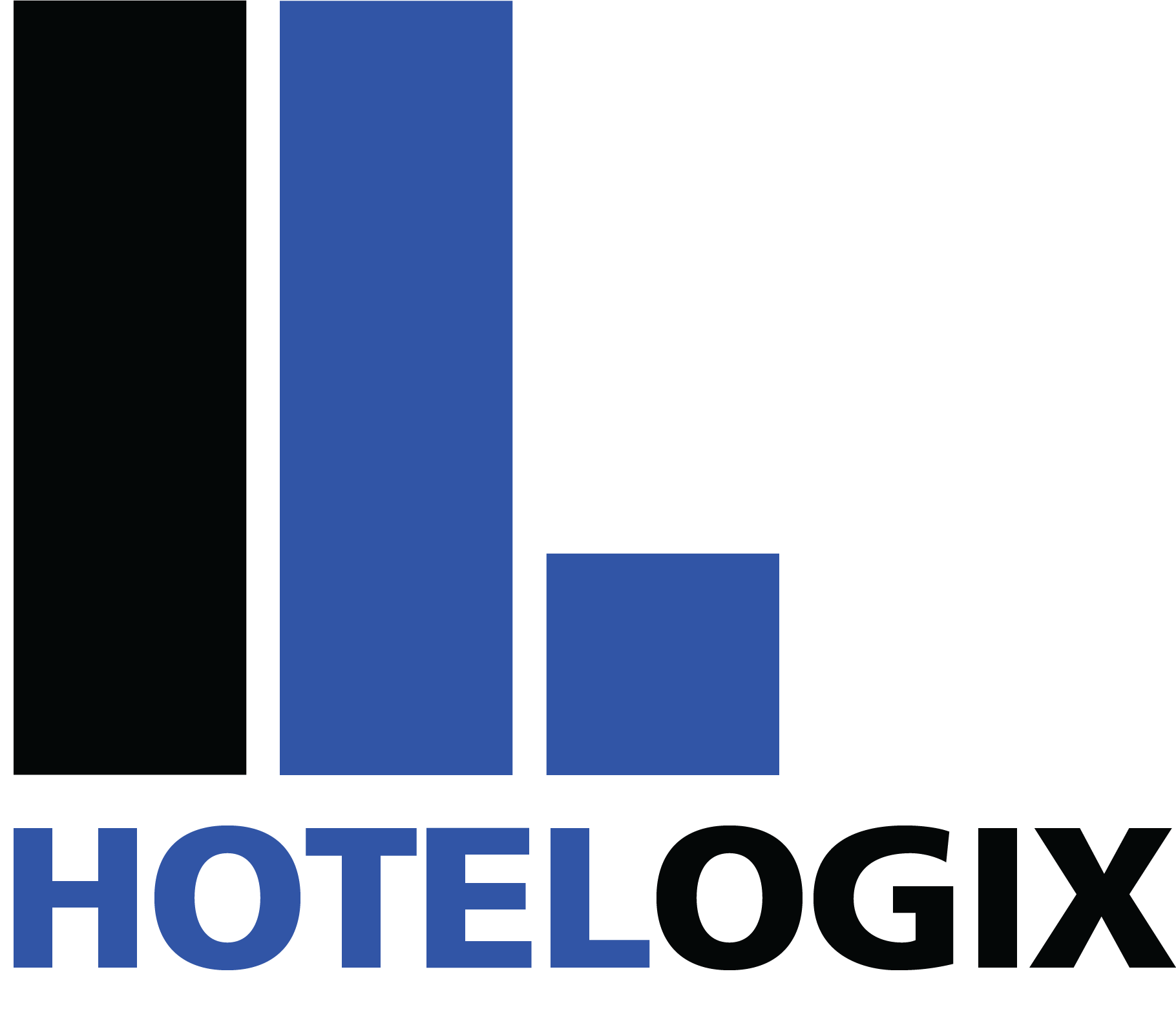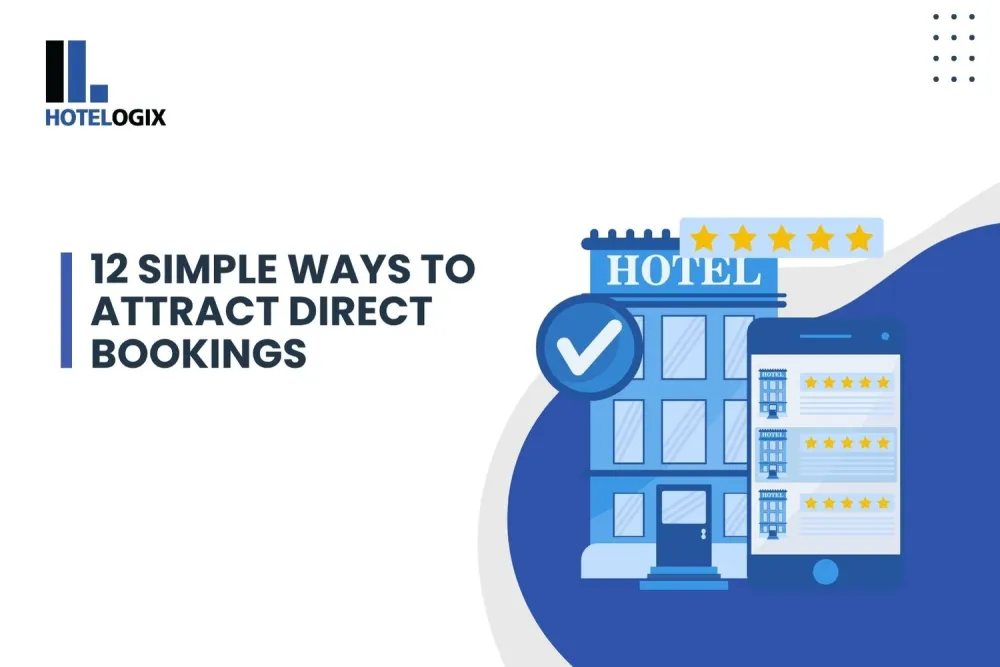We concluded our latest webinar recently, where we discussed the significance of direct booking for independent hotels. Studies have proven time and again that direct bookings are more profitable than OTAs and absolute reliance on online booking channels can be a really bad idea for the hotel’s profitability.
OTAs with its wide market presence, great network and online visibility has hit all the right notes when attracting customers. What hotels can do is get inspired and implement similar strategies to beat OTAs at their own game.
Filipe, from GuestCentric and Siva, from Hotelogix, were the speakers for the day. They walked us through the current booking landscape and how to arrive at the sweet spot between OTAs and Direct Bookings.
Siva opened the session with how mobile bookings are calling the shots now, hotels can derive maximum profitability by arriving at the correct balance between OTAs plus brand.com bookings and the role Property Management Systems (PMS) plays in driving repeat business for the hotel. While Filipe elaborated on how to address direct strategy challenges, recover abandoned bookings, and some recent case studies.
PMS can significantly drive your bookings
PMS has come a long way since its initial disconnected days, when it was not part of the technology stack. Now crucial data like availability and rates is captured in the PMS, turning it into a central part of the technology stack. Hoteliers can make real time business decisions, access guest history to create targeted communication and enjoy connectivity to online tools like channel rate shoppers, data analytics and more. Cloud PMS’s like Hotelogix also connect with channel managers seamlessly to update room rate and inventory instantly, ensuring a smooth booking experience for the guest.
PMS’s play a key role in pricing decisions. Through the system, you can track competitor’s rates, hotel segment, understand market demand and more to help you arrive at an informed pricing decision and boost your bookings and profitability accordingly.
The webinar was concluded with some interesting questions that Siva and Filipe took up. We have added some of them below. You can checkout the complete webinar recording at the end of this page.
Q: When do I put up in a special offer on the website for it to be most effective? Since the guest might leave the hotel website any moment.
Filipe: GuestCentric’s Shopping Recovery feature enable users look at specific browser activity which detects visitor’s exit. It also notifies you if the visitor is inactive for a specific amount of time, allowing you can set up the timer and create prompt messages to keep them engaged on the website. GuestCentric is analyzing different areas to understand what works and what remains to be added to the recovery feature to make the shopping experience more effective and successful. They are inspired by ecommerce giants like Amazon who have been practising shopping recovery techniques for long to incorporate best practices and introducing them to hotel vertical as well.
Q: OTAs have become a cartel in India due to cash backs and heavy discounts on their site. How do we counter such a heavy monetary advantage that they provide to online shoppers?
Siva: India is seeing heavy discounting on OTAs which can go as high as to 50% to 60%, competing with that is tough for independent hotels. But this discounting can’t be sustained for long.
Also, independent hotels can strengthen certain areas like guest experience to win back their share of bookings from OTAs. There are many small and standalone properties who rank high on TripAdvisor and get more bookings compared to large chains in the region. These small hotels also demand higher room rates based purely on the great service they provide. Goes to show that initiatives like enhancing guest’s stay experience, getting testimonials on social media channels, providing loyalty discounts, etc can go a long way in boosting repeat bookings..
Q: What can a small hotelier leverage that big brands can’t to generate direct bookings?
Filipe: Smaller hotels need to tell their story, something which big branded hotels might find difficult to do. It’s easier for independent hotels to create a story about how they started, the heritage and local attractions, etc that help guests resonate with these messages. A good example is AirBnB where people resonate with the houses they stay in. Small hotels must focus on creating a personal connect with guests.
Q: What kind of products or services is OTAs offering to harness bookings from social media?
Siva: OTAs like Booking.com, Expedia are generally very active on social media and drive lot of sales and promotions through them. They have good social media following and a robust network. They not only promote offers, but also add diverse, emotional-personalized touch in the content. Their seeding strategy is well in place to attract the right kind of people (influencers) who share their posts ahead. This adds to credibility and ensures high visibility. Independent hotels can get inspired and implement similar social media strategies to maximize their online presence and increase bookings.
Q: We have the shopping recovery activated but are unfamiliar with the shopping activation. Please explain the difference.
Filipe: Shopping activation falls under the initial part of the shopping process where the guest is pushed into the booking funnel by creating a certain level of urgency.
Shopping recovery lies towards the end of the shopping process where the guest is looking to leave the website. This feature discourages guests from exiting the website by sending them prompters like Hey! don’t leave, We have a special offer waiting for you!





